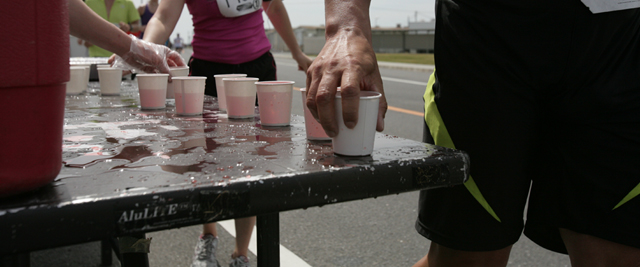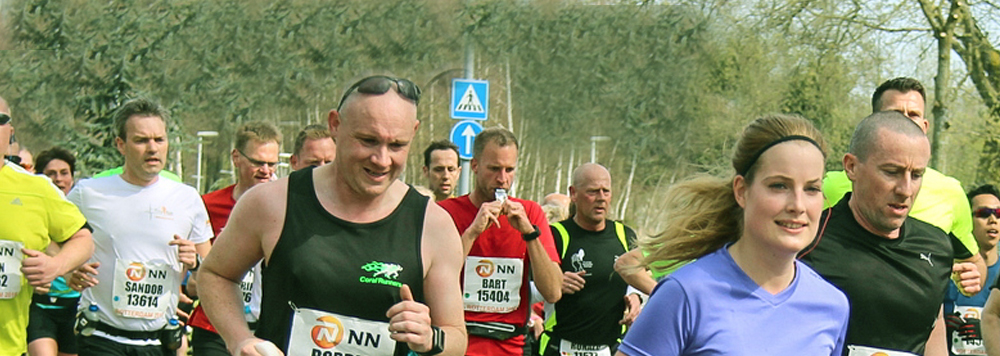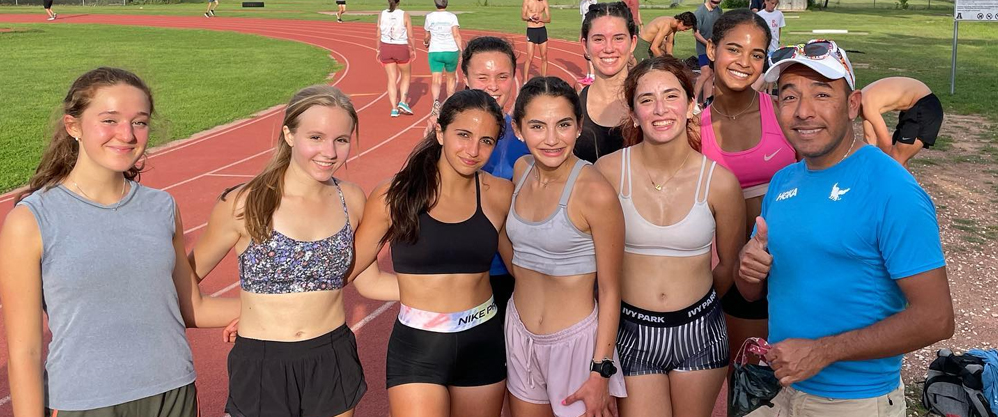You wake up early to get your run in before the blast furnace of Austin’ summer heat hits. But it’s already past 80°out. What to do? Running in the heat must be taken seriously. It poses significant challenges—just ask the athletes who competed in the recent NCAA Track and Field Championships in Austin’s 100°+ degree weather! Heat exhaustion—and heat stroke—can even occur when temperatures are in the mid 70s, if the humidity is high and you push it too hard.
Running in Austin’s heat requires a period of adaptation in order for your body to be able to keep your core temperature from rising. Once you are heat-adapted, you’ll be better able to cope with 80 degree mornings. However, precautions and common sense are still needed. Pushing too hard even once you’re acclimated will challenge your body’s ability to get rid of the extra heat, causing your body temperature to rise. Heat exhaustion occurs when your internal temperature rises to 101° and beyond, and can lead to the far more serious condition, heat stroke.
Sweating is the body’s key mechanism to keep you cool, allowing the heat to dissipate. But remember, as you run and continue to sweat, you lose fluids and electrolytes. Your blood volume decreases and your heart must work harder to compensate. This is why we all run more slowly on hot, humid days.
The obvious solution is taking in water and/or sports drinks. While this is imperative, you’ll still have to run at a slower pace than when it’s cool out. So what’s the best strategy?
Cold water immersion, cold showers or applying ice packs (known as pre-cooling) before running in the heat have all proven to help give your body an advantage to control heat buildup. While it’s a great practice, most Austin runners are unlikely to add the extra time in the morning or afternoon to engage in pre-cooling.
In addition to running at a slower pace and running before the sun comes up, a more common solution is “mid-cooling.” Summer races often have cool-down sprays and always have water and/or sports drinks at the aid stations. But for you regular workouts, locate friendly folks along your regular running routes who allow you to grab their garden hoses for a quick cool-down. This practice can really help with heat build-up. And always, always carry water with you. Ready to Run carries 12 and 18 ounce hand-held bottles as well as hydration vests and electrolyte replacement products.
Together, all of these strategies will allow you to run safely through Austin’s long, hot summer.
Upcoming races: The Popsicle Run 4 Miler, Tuesday July 4 at 7:00 a.m. at Negley Elementary in Kyle. The Firecracker 4 miler Saturday, July 9 at 7:00 a.m. at 5 Mile Dam Park in San Marcos.





